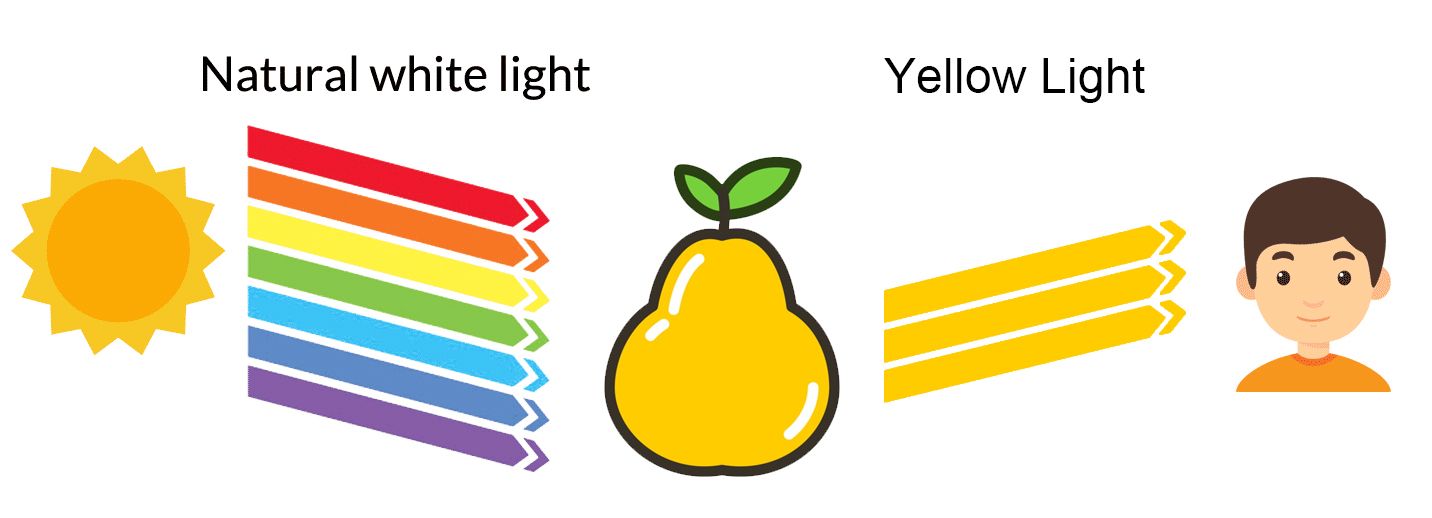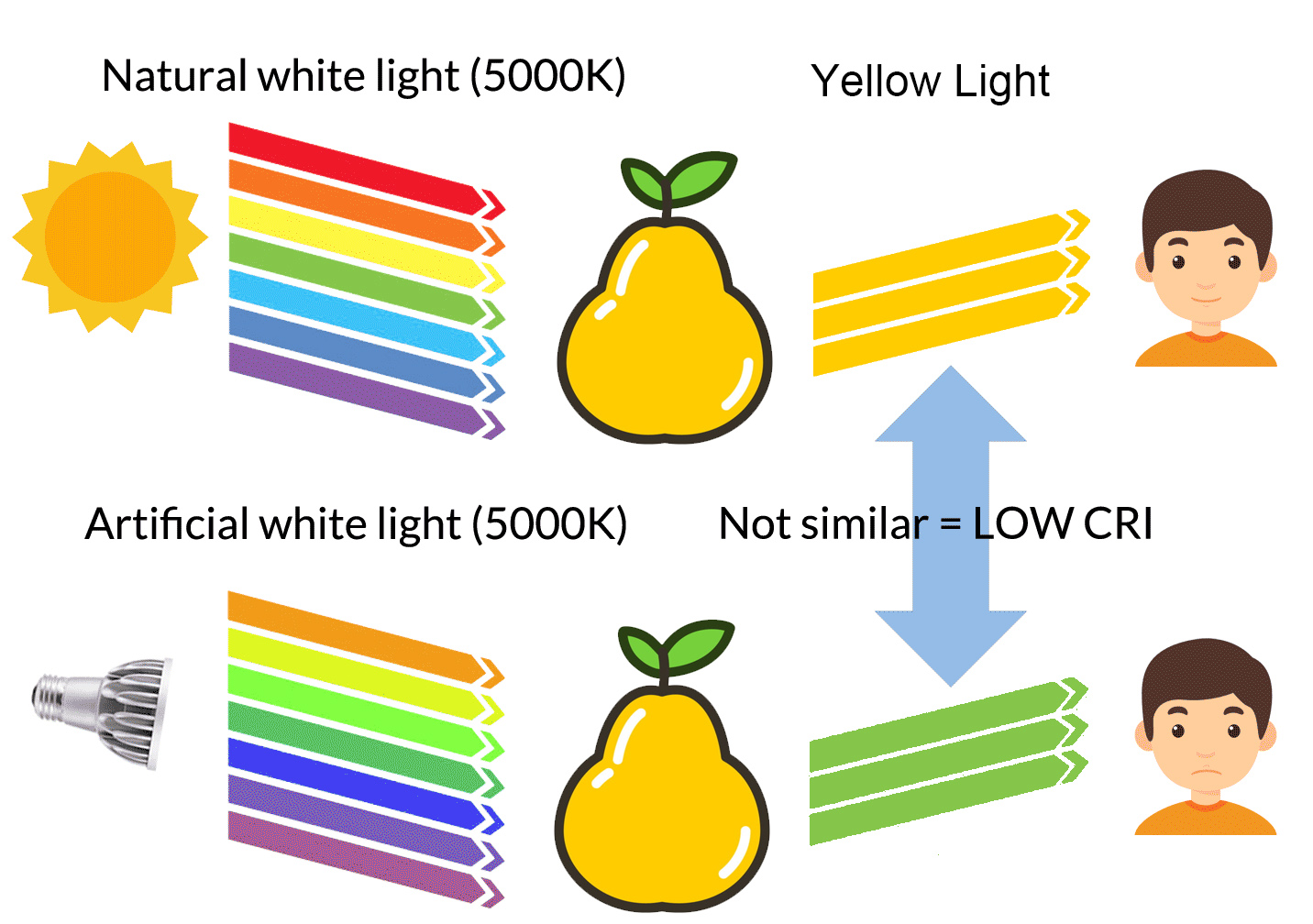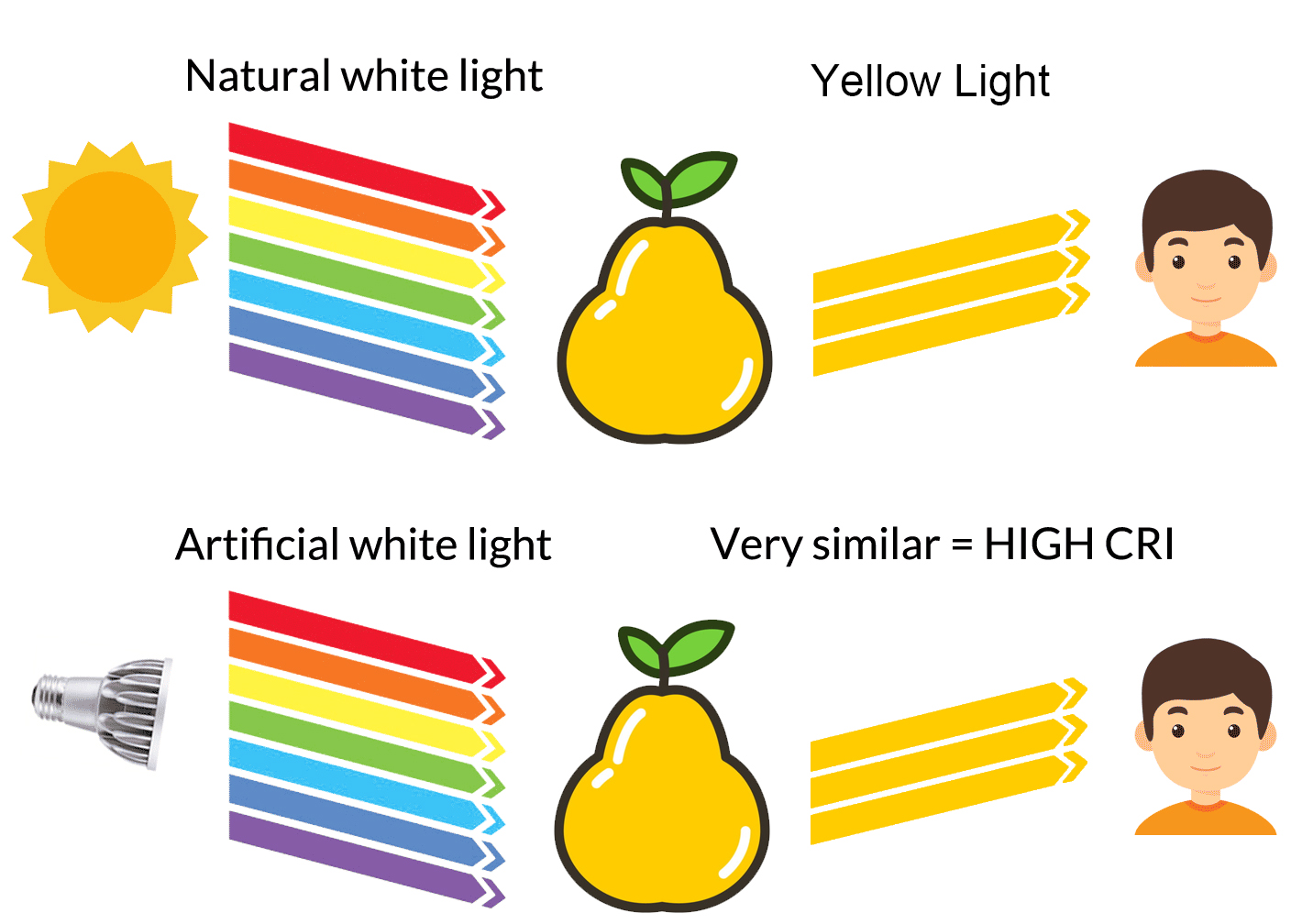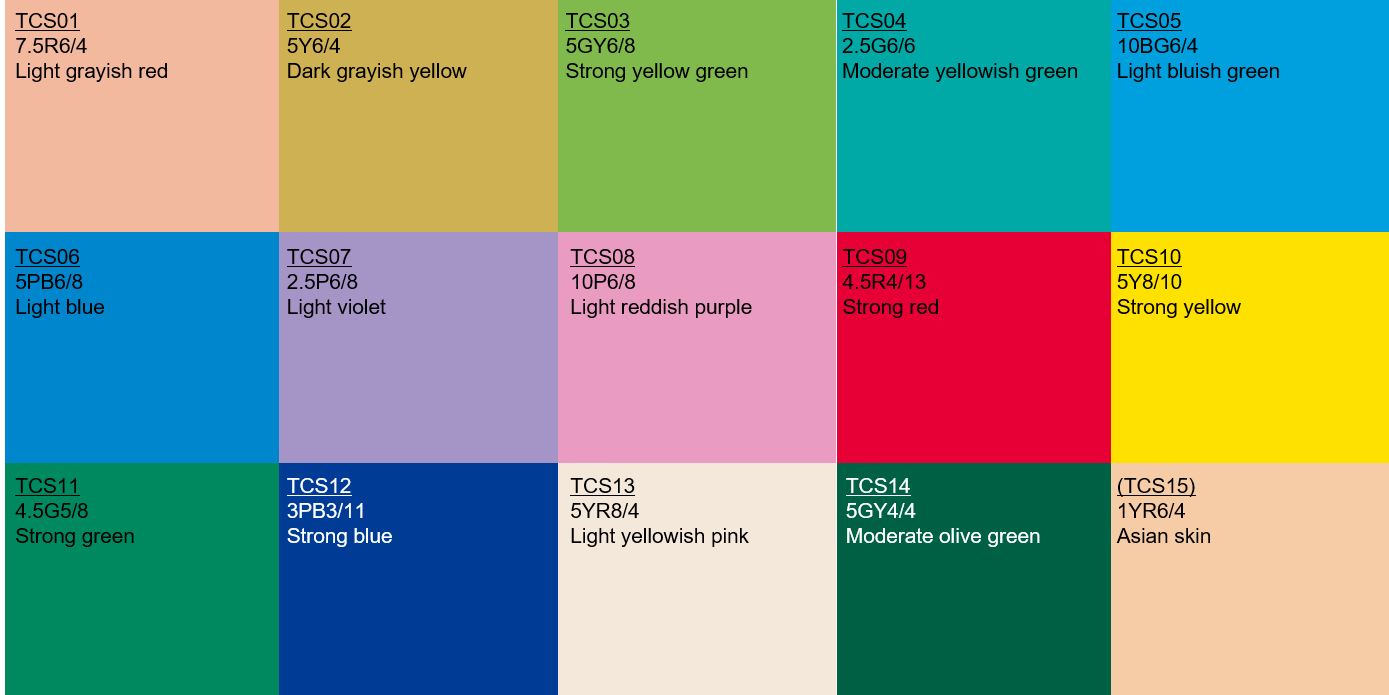
NEWS ACTIVITIES
What is the Color Rendering Index (CRI)?
- Categories:News
- Author:
- Origin:https://www.waveformlighting.com/tech/what-is-cri-color-rendering-index
- Time of issue:2022-08-26 16:00
- Views:
What is the Color Rendering Index (CRI)?
(Summary description)Color Rendering Index (CRI) is an often misunderstood metric of color quality. Yet, for any application where color appearance is important, CRI consideration is critical.
- Categories:News
- Author:
- Origin:https://www.waveformlighting.com/tech/what-is-cri-color-rendering-index
- Time of issue:2022-08-26 16:00
- Views:
|
Color Rendering Index (CRI) is an often misunderstood metric of color quality. Yet, for any application where color appearance is important, CRI consideration is critical. We've summerized the following information to help you understand CRI better. What is the Color Rendering Index (CRI)? Simply to say, the Color Rendering Index (CRI) is a kind of ability to accurately reproduce the colors of the object it illuminates. We break it down into three parts to dissect it in depth. Part 1: The maximum of Color Rendering Index (CRI) is 100 CRI is a numerical indicator that is easy to understand. CRI values that are 90 and above are considered excellent, while scores below 80 are generally considered poor. (More on this below). Part 2: Color Rendering Index (CRI) is used to measure artificial, white light sources Light sources are divided into artificial light sources and natural light sources. In general, we are more concerned with the color quality of artificial light sources, such as LEDs and fluorescent lamps. It often compared to natural light sources such as sunlight or sunlight. Part 3: The Color Rendering Index (CRI) can be used to measure and compare the reflected color of objects under artificial lighting First, let's learn that how colors work. Natural light such as sunlight is a combination of all the colors of the visible spectrum. The color of sunlight itself is white, but the color of an object under the sun is determined by the colors that it reflects.
For example,a yellow pear appears yellow because it absorbs all colors of the spectrum except yellow, which it reflects. When we use an artificial light source such as an LED lamp, we are attempting to "reproduce" the colors of natural daylight such that objects appear the same as they do under natural daylight. Sometimes, the reproduced color will appear quite similar, other times quite different. It is this similarity that CRI measures.
As shown in the example above, our artificial light source (an LED light with 5000K CCT) does not reproduce the same yellowness in a yellow pear as natural daylight (also 5000K CCT). But notice that the LED lamp and natural daylight have the same 5000K color. This means that the color of light is the same, but the objects still appear different. How could this be? It’s easy to find out that our LED lamp has a different spectral composition compared to natural daylight, even though it is the same 5000K white color according to the chart above. In particular, our LED lamp is lacking in yellow. When this light bounces off of the yellow pear, there is no yellow light to reflect. The result is that the yeal pear no longer has the same vibrant yellow appearance that it had under natural daylight. CRI attempts characterize this phenomenon by measuring the general accuracy of a variety of objects' colors when illuminated under a light source.
CRI is invisible unless you shine it on an object. As we mentioned above, the same light color can have a different spectral composition. Therefore, you cannot judge a light source's CRI by simply looking at the color of the light. It will only become evident when the light shine onto a variety of objects that have different color. How is CRI measured? The method for calculating CRI is very similar to the visual assessment example given above, but is done via algorithmic calculations once the spectrum of the light source in question is measured. The color temperature for the relevant light source must first be determined. This can be calculated from spectral measurements. Only when determing the color temperature of the light source can we choose the more appropriate daylight spectrum for comparison. Then, the light source in question will be virtually shone onto a series of virtual color swatches called test color samples (TCS) with the reflected color measured. There are a total of 15 color swatches:
We will also have ready the series of virtual reflected color measurements for natural daylight of the same color temperature. Finally, we compare the reflected colors and formulaically determine the "R" score for each color swatch.
The R value for a particular color indicates the ability of a light source to faithfully render that particular color. Therefore, to characterize the overall color rendering capability of a light source across a variety of colors, the CRI formula takes an average of the R values. Which and how many R values are averaged will depend on which definition of CRI you are using - general CRI (Ra) or extended CRI. Then how do we measure non-daylight color temperature? For simplicity, we've assumed a 5000K color temperature for our examples above, and have been comparing it to a 5000K natural daylight spectrum for CRI calculations. But what if we have a 3000K LED lamp and want to measure its CRI? The CRI standard dictates that color temperatures 5000K and greater use a daylight spectrum, but for color temperatures less than 5000K, use the Planckian radiation spectrum. Planckian radiation is essentially any light source that creates light by generating heat. This includes incandescent and halogen light sources. So when we measure the CRI of a 3000K LED lamp, it is being judged against a "natural" light source that has the same spectrum as a 3000K halogen spotlight. (That's right - despite the awful energy efficiency of halogen and incandescent bulbs, they produce a full, natural and excellent light spectrum). What are common CRI values and what range is acceptable? For most indoor and commercial lighting applications, 80 CRI (Ra) is the general baseline for acceptable color rendering. For applications where color appearance is important for the work being done inside, or can contribute to improved aesthetics, 90 CRI (Ra) and above can be a good starting point. Lights in this CRI range are generally considered high CRI lights. Types of applications where 90 CRI (Ra) might be needed for professional reasons include hospitals, textile factories, printing facilities or paint shops. Areas where improved aesthetics could be important include high end hotels and retail stores, residences and photography studios. When comparing lighting products with CRI values above 90, it can be very helpful to compare the individual R values that make up the CRI score, particularly CRI R9. |
Light+Building 2024 exhibition for Frankfurt, Germany
Light + Intelligent Building Middle East
Hong Kong International Lighting Fair(Autumn Edition)
Lighting Exhibition Invitation
Hong Kong International Lighting Fair Invitation
2023 Spring Festival
General Batten Light
Things you need to know about DALI D4i, DT6, DT8
Shenzhen Toppo Lighting Company Limited
Tel:86-755-84296868 86-755-84296818
Fax:86-755-84296866
E-mail: info@toppolighting.com inquiry@toppolighting.com
COPYRIGHT © 2022 Shenzhen Toppo Lighting Company Limited. ALL RIGHTS RESERVED SEOTag 粤ICP备10224078号-1 Powered by www.300.cn






